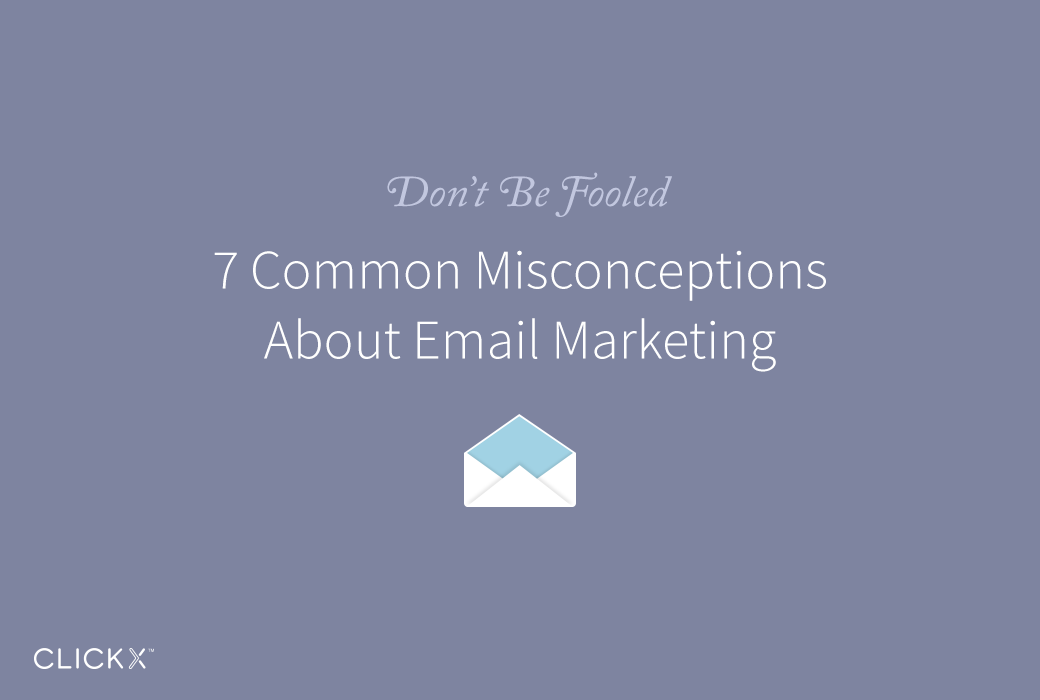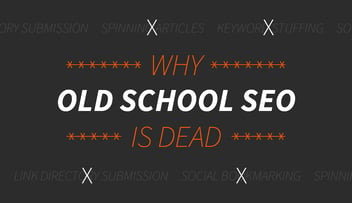7 Common Misconceptions About Email Marketing
One of the oldest forms of online marketing is email marketing – it’s about a decade old (that’s ancient in the online world). In that time, many online marketers have learned to use it quite successfully. While over time, others who never quite got the grasp of how this marketing method works have helped create a number of misconceptions about this, one of the most successful digital marketing methods around. While some of these misinterpretations may have been grounded in reality at one time, recent changes now make these into unfounded myths.
1 – Trigger Words Get You Spammed
Over the years email marketers have been shown that many words should be avoided at all costs in an email message. These words might include “free, cash, quote, or save.” This might have been true a few years ago when email boxes seemed to be inundated with scam messages, but this is no longer the case. Spam filters have gotten very sophisticated and can now better distinguish messages that are total spam and which messages the reader actually likes.
While some of these words may raise a red flag, if they aren’t overly used, then they shouldn’t affect the deliverability of the message.
2- Opt-in List Members Will Always Open Mail from You
Well, it’s great that you generate your email contacts through legitimate opt in programs, where readers have elected to receive mail from you. Even so, not all of the people that opt into your email option actually want to receive your email, and this may be because:
– Some people may think your emails are something they shouldn’t be. This could be because they opened your first few emails and were disappointed and just haven’t gotten around to selecting the unsubscription option.
– The reader has become disengaged with your content. They have changed industries, moved, gotten busy, or simply abandoned the email address.
By monitoring your email engagement once in a while you can try to re-address your content to re-engage people, and then if a few still remain despondent you can clean your list of these recipients.
3 – Something is Wrong When People Unsubscribe to Your Newsletters
Actually, this could be good for your business. When someone unsubscribes to your service, it means your email list becomes cleaner. A healthy unsubscription rate of between 1% to 2% can actually be healthy. This way you won’t end up with a lot of frustrated email recipients, who complain about your emailing them.
4 – Email Doesn’t Offer Leads
Email is a slow persuader, but can also be a lead generator as emails are shared; a shared list reader can forward your email to a friend who is not on your email list. So you need a lead generating call-to-action in every email you send, so that if it’s forwarded you can get them to opt-in.
5 – Marketing Emails Need to Be Graphically Designed
Sometimes it’s better than an email be simple and plain. Just plain text will do better at times than a graphic newsletter. When a recipient receives a plain text message, he doesn’t feel like he is being “Sold” to. This looks like something he would receive from a friend or colleague. You can say what you want, and the reader can read it. This type of message is also easier to create. Design elements take time, create freezes, and even prevent email messages from getting to their destination.
6 – The Measuring of Opening of Emails is Important
Many email programs offer this metric telling you how many emails are opened, but this may not be the best way to measure your email because your providers open rate metrics are unreliable in some ways:
– For instance, if recipients use Outlook to open mail, this mail program blocks some images, and an email application may indicate this as a non opened mail.
– Mobile devices can also revert graphic emails to text formats where images aren’t downloaded, and your email provider could see this as unopened mail.
To solve this issue you may want to use an external open mail metrics system. You can also analyze click through rates on the email’s call to action to better determine the rate of success.
7 – Open Rate Metrics are Useless
While email open rate isn’t the tell-all sign of how successful your campaign is, this doesn’t mean you don’t need it. This rate is still an important metric as it tells you what type of person is most likely to open your mail and which isn’t. It can be used as a gauge when trying to compare headlines that are of more interest than others.
Bottom Line
Email marketing is still one of the most effective online marketing methods, providing you use other marketing methods to create interest in receiving your information and everyone on your email list has opted into receiving information from you. You still need to make email information interesting enough to create a click through, or to get recipients to forward email to other users. However, its main purpose is to create branding and offer trust. Remember, if a consumer trusts you, he is three times as likely to buy from you.





